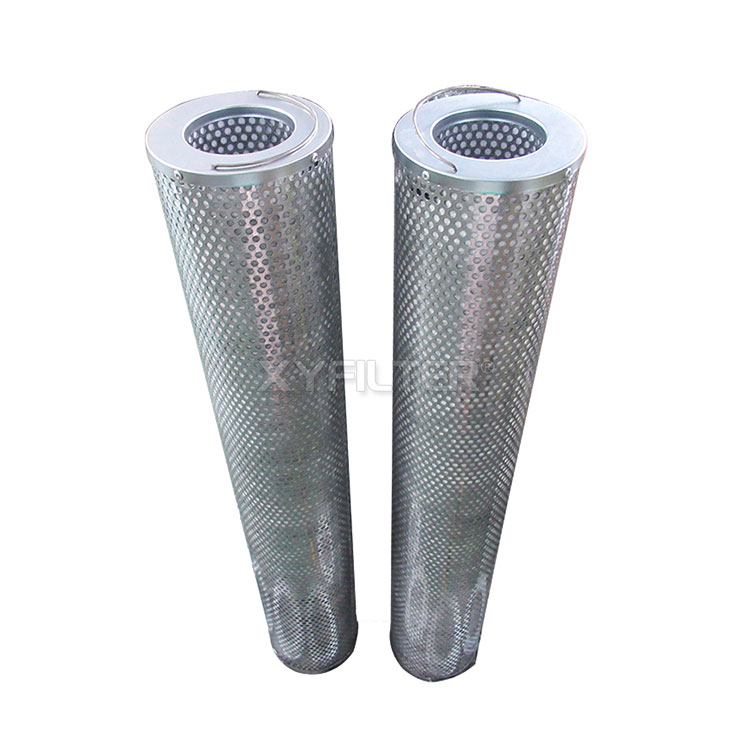During the process of flowing through the agglomeration filter, the material undergoes a fine filtration and agglomeration separation process from the inside out. Firstly, the material enters the high-precision filtration layer from the inside, which is composed of multiple layers of filter materials, effectively intercepting solid particles and achieving the removal of particulate pollutants. This step not only purifies the material, but also creates favorable conditions for subsequent demulsification and coalescence functions. Subsequently, the material that has been preliminarily filtered enters the emulsion breaking and aggregation layer, which is responsible for breaking down emulsified impurities in the material. The demulsified liquid continues to flow into the coalescence layer, where small water droplets come into intimate contact and adhere to the fibers. With the push of the fluid, they move between the fibers and merge with other small water droplets at the intersection to form larger water droplets. These large water droplets are driven by the fluid to reach the outer surface of the filter element. Due to their higher density than hydrocarbon liquids, they separate from liquid hydrocarbons under the action of gravity and eventually settle into the collection tank at the bottom of the filter separator. The larger the water droplets formed by coalescence, the more significant the oil-water separation effect.
During the process of flowing through the agglomeration filter, the material undergoes a fine filtration and agglomeration separation process from the inside out. Firstly, the material enters the high-precision filtration layer from the inside, which is composed of multiple layers of filter materials, effectively intercepting solid particles and achieving the removal of particulate pollutants. This step not only purifies the material, but also creates favorable conditions for subsequent demulsification and coalescence functions. Subsequently, the material that has been preliminarily filtered enters the emulsion breaking and aggregation layer, which is responsible for breaking down emulsified impurities in the material. The demulsified liquid continues to flow into the coalescence layer, where small water droplets come into intimate contact and adhere to the fibers. With the push of the fluid, they move between the fibers and merge with other small water droplets at the intersection to form larger water droplets. These large water droplets are driven by the fluid to reach the outer surface of the filter element. Due to their higher density than hydrocarbon liquids, they separate from liquid hydrocarbons under the action of gravity and eventually settle into the collection tank at the bottom of the filter separator. The larger the water droplets formed by coalescence, the more significant the oil-water separation effect.

Contact: LEO
Phone: +86 13643907982
Tel: +86 373 3809023
Email: xy@xyfilters.com
Add: A11, 1st Floor, Chuangye Building, No.1 Park, High tech Zone, Xinxiang City, Henan Province